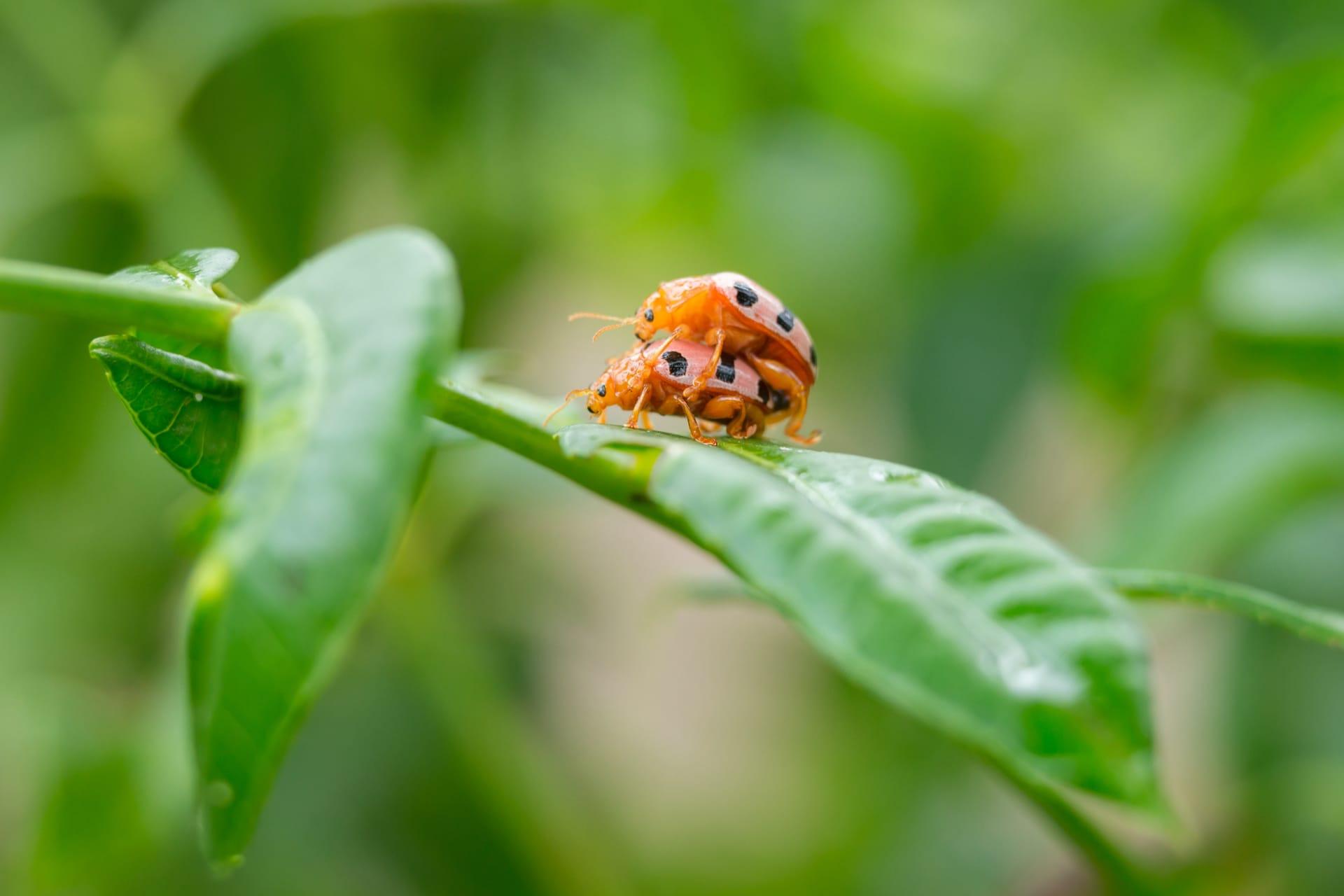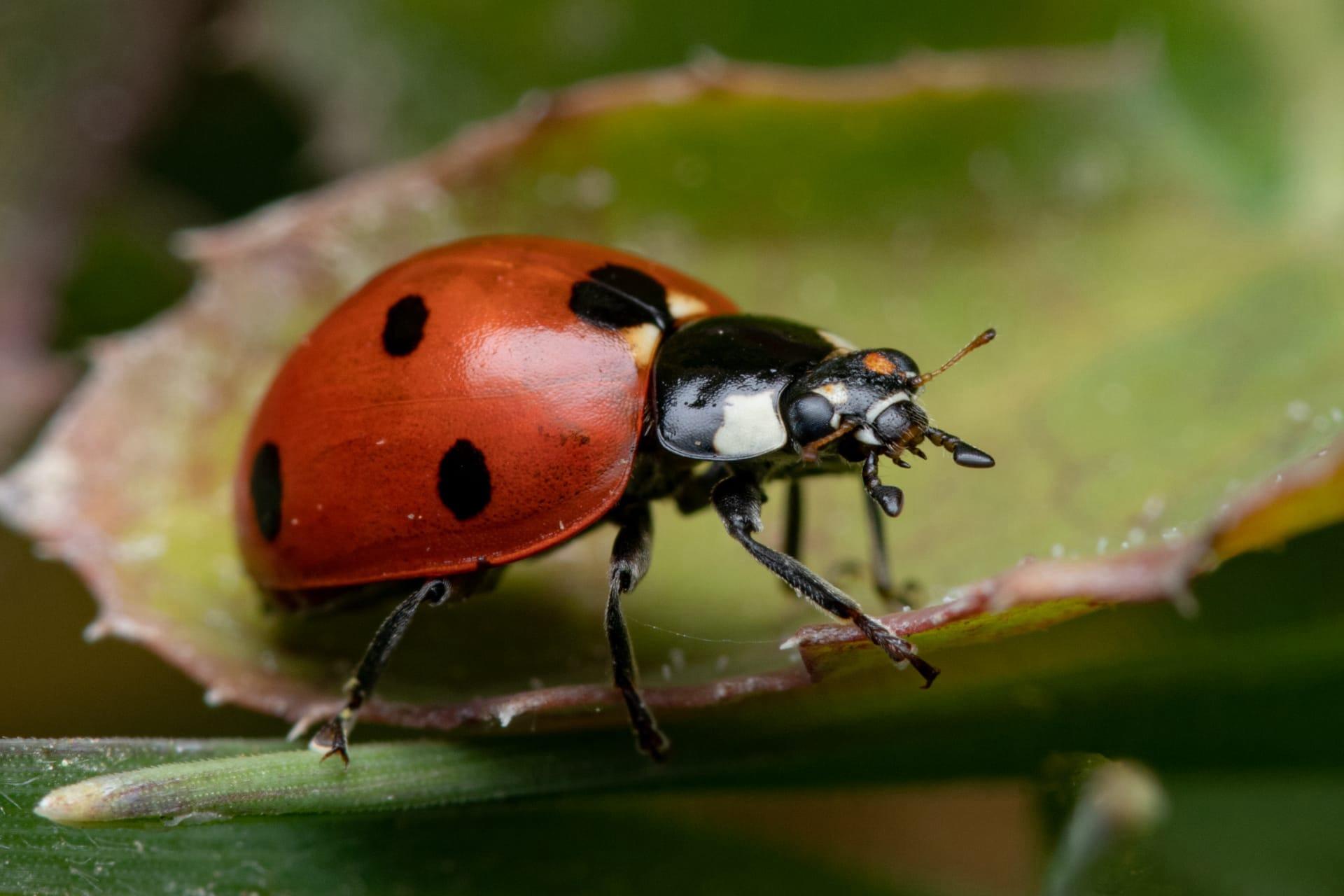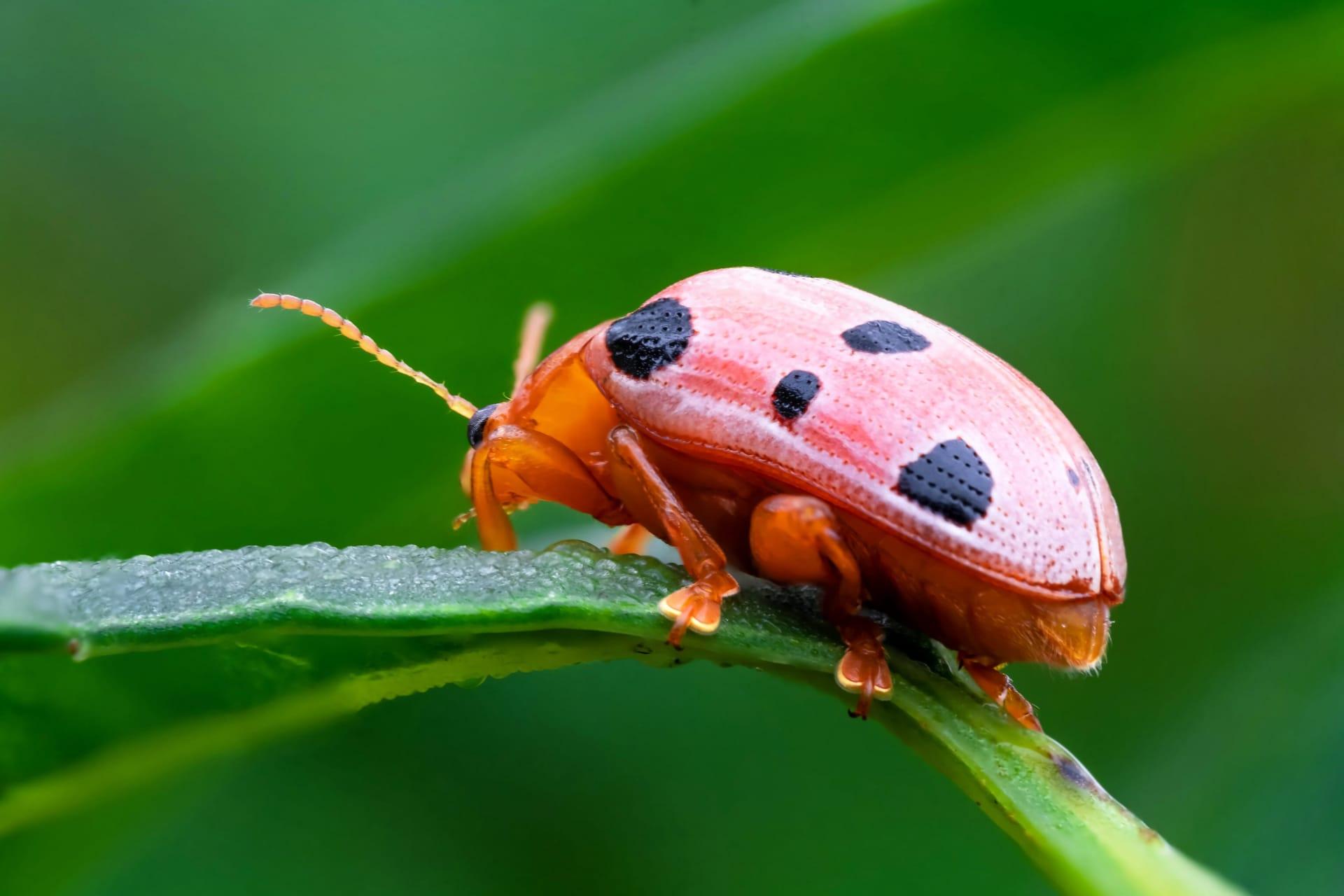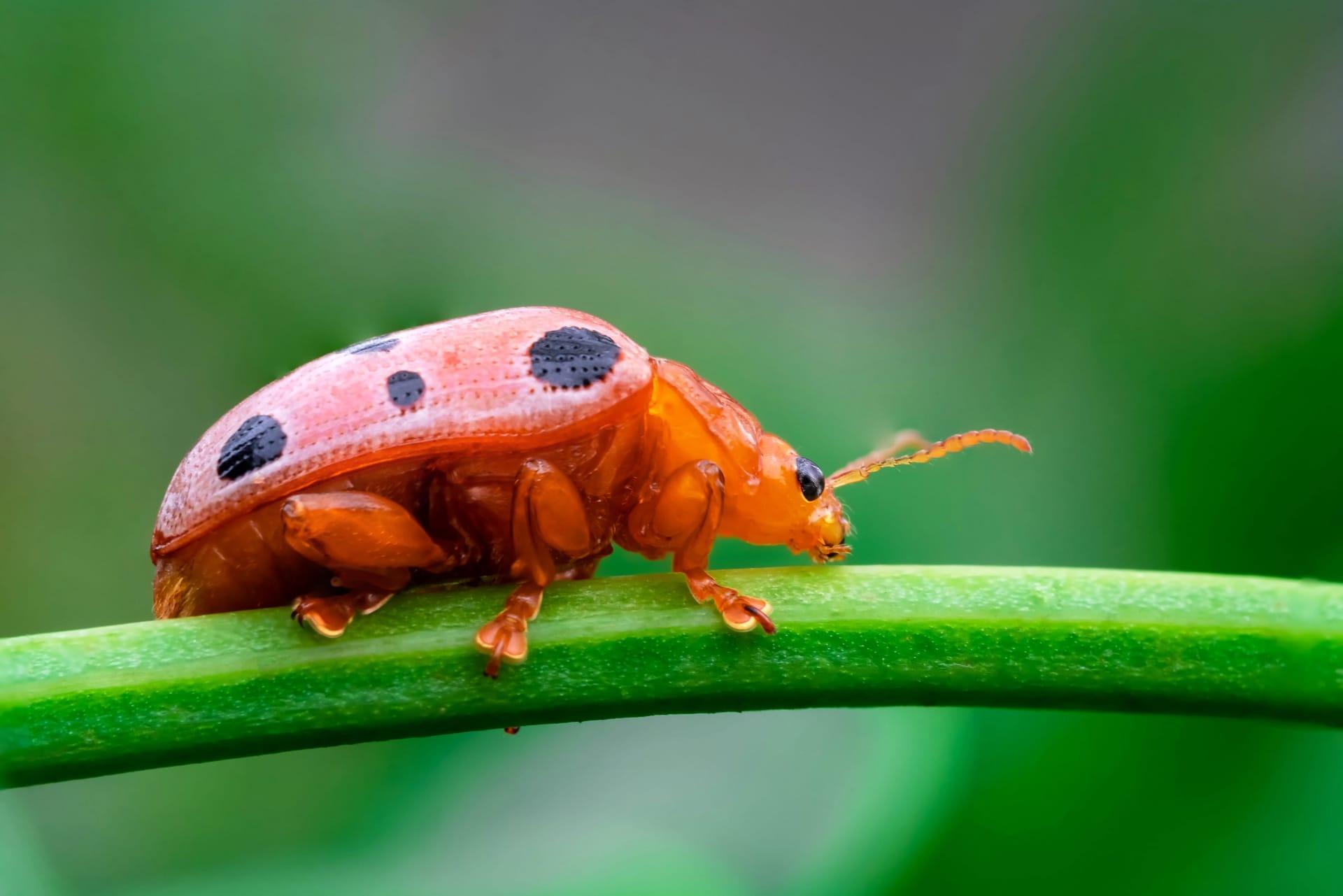Orange Lady Bug Trivia
- Home /
- Trivia Question /
- Animal /
- Orange Lady Bug Trivia
1
Question: What distinguishes the orange ladybug from other ladybug species in terms of appearance?
Answer: The orange ladybug, scientifically known as Harmonia axyridis, is known for its unique coloration which sets it apart from the classic red and black variety. These bugs usually have a bright orange shell with black spots. Their size ranges from 5 to 8 millimeters in length, making them one of the larger species of ladybugs. The number of spots can vary, sometimes having as many as 19 spots, or as few as none, making each one quite unique in appearance.
Question: How do orange ladybugs contribute to the ecosystem?
Answer: Orange ladybugs are avid consumers of aphids and other small insects, making them crucial for natural pest control. A single ladybug can consume up to 5,000 aphids in its lifetime. This appetite for pests helps maintain the balance in gardens and farms, reducing the need for chemical pesticides. Additionally, they play a role in pollination, as they move from plant to plant in search of food.

2
Question: Is it true that orange ladybugs are poisonous?
Answer: This is a common misconception. Orange ladybugs are not poisonous, but they can secrete a yellow fluid from their legs when threatened, which is a defense mechanism. This fluid can leave a stain and has a bitter taste, but it's not harmful to humans. However, some people might have allergic reactions to these secretions.
Question: Are orange ladybugs an invasive species?
Answer: Yes, in many parts of the world, orange ladybugs, especially the Harmonia axyridis species, are considered invasive. They were introduced in various regions like North America and Europe for biological pest control but have since become dominant, outcompeting native ladybug species and sometimes even causing ecological imbalances.

3
Question: What is the lifespan of an orange ladybug?
Answer: The lifespan of an orange ladybug varies depending on environmental factors, but on average, they live for about one to two years. This includes their time as larvae, pupae, and adults. The longest part of their life is spent in the adult stage, which can last up to a year under optimal conditions.
Question: Do orange ladybugs hibernate?
Answer: Yes, orange ladybugs do hibernate during colder months. They often seek shelter in groups in crevices, under bark, or even inside homes. This hibernation-like state, known as diapause, allows them to conserve energy and survive through winter until food sources become available again in spring.

4
Question: What do orange ladybugs eat besides aphids?
Answer: While aphids are their primary food source, orange ladybugs are opportunistic feeders and will consume other soft-bodied insects, such as scale insects and mites. They also feed on nectar and pollen, especially when insect prey is scarce, which aids in their role as pollinators.
Question: Can orange ladybugs fly?
Answer: Yes, orange ladybugs can fly. They have two sets of wings, the hard outer shell for protection and a delicate pair of wings underneath for flying. They are capable of flying for several kilometers, and this ability aids in their search for food and a suitable habitat for laying eggs.

5
Question: How do orange ladybugs reproduce?
Answer: Orange ladybugs reproduce by laying eggs, usually on the underside of leaves. A female can lay hundreds of eggs in her lifetime. These eggs hatch into larvae in about 3 to 5 days, depending on the temperature. The larvae then go through a series of molts as they grow, eventually pupating and emerging as adults.
Question: Are there any natural predators of the orange ladybug?
Answer: Yes, orange ladybugs have several natural predators, including birds, spiders, and other insects like dragonflies. Some species of wasps and flies are known to lay their eggs inside ladybug larvae or pupae. Additionally, fungal infections can also affect ladybug populations. Despite these threats, their ability to secrete bitter fluids and their hard shell provide a level of defense against many predators.